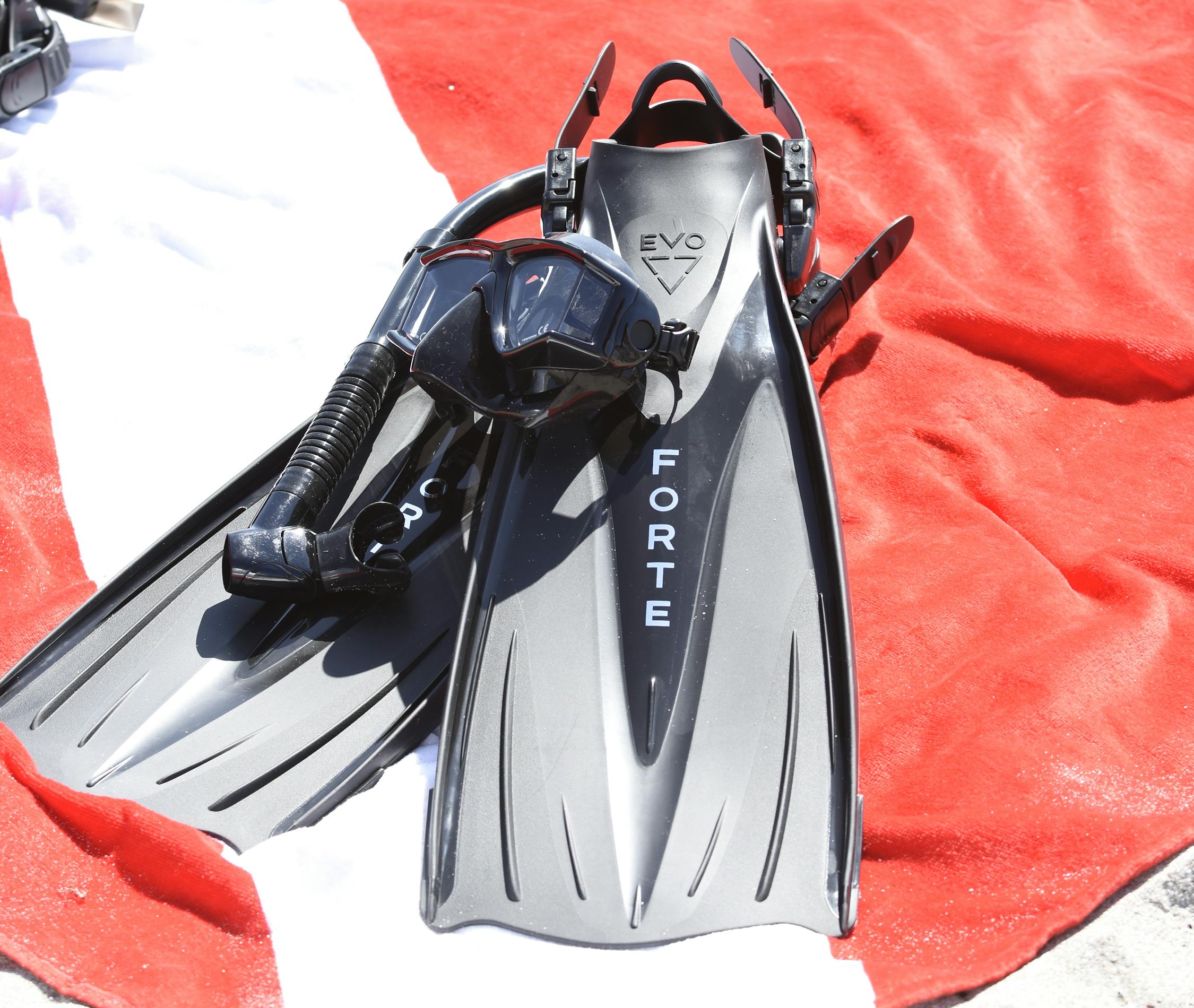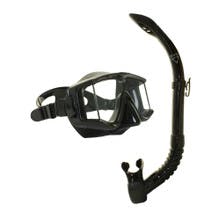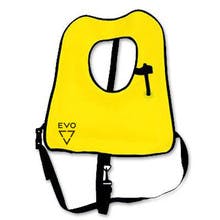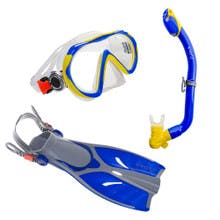A Beginner's Guide to Snorkeling

Snorkeling is an incredible way to explore the underwater world and witness the beauty of marine life in a relaxing yet exciting way. If you're a beginner, eager to embark on a snorkeling adventure, this guide will equip you with the knowledge and skills necessary for a safe and enjoyable experience. From selecting the right location to practicing responsible snorkeling techniques, let's dive into the basics of snorkeling.
What do I need to snorkel?
If you are interested in snorkeling but don’t know where to start, you’ve come to the right place! If you don't already own snorkel gear here are a few recommendations. First, you should invest in a high-quality snorkeling mask. You want to make sure that the mask skirt forms a tight seal around your face. When fitted securely, it should prevent water leakage and provide a comfortable field of vision. You do not want it too tight because that may cause water leakage and unsightly bruising around the eyes. It may sound more complicated than it is but if you wish to dive deeper into masks, check out our Mask Buyer’s Guide.
Next, snorkels are a key component of snorkeling so be sure to get a good one. Luckily for you, we also have a buyer’s guide to snorkels; but to put it briefly, semi-dry or dry snorkels are recommended for beginner snorkelers over J-type snorkels because the valves at the end of the tube block water from entering it. That way you can focus on enjoying your dive rather than clearing water from your snorkel. A snorkel with a purge valve is beneficial because you can easily clear the tube if water does get in.
Additionally, you will tire yourself out quickly and not cover much distance without a pair of snorkeling fins. Compared to scuba diving fins and freediving fins, snorkeling fins tend to be smaller in size because there is no need for much propulsion force. Although, It is not uncommon to see snorkelers with scuba diving fins. Even though you aren’t carrying heavy scuba gear, if you want stronger propelling force you can get fins with small to medium-length blades.
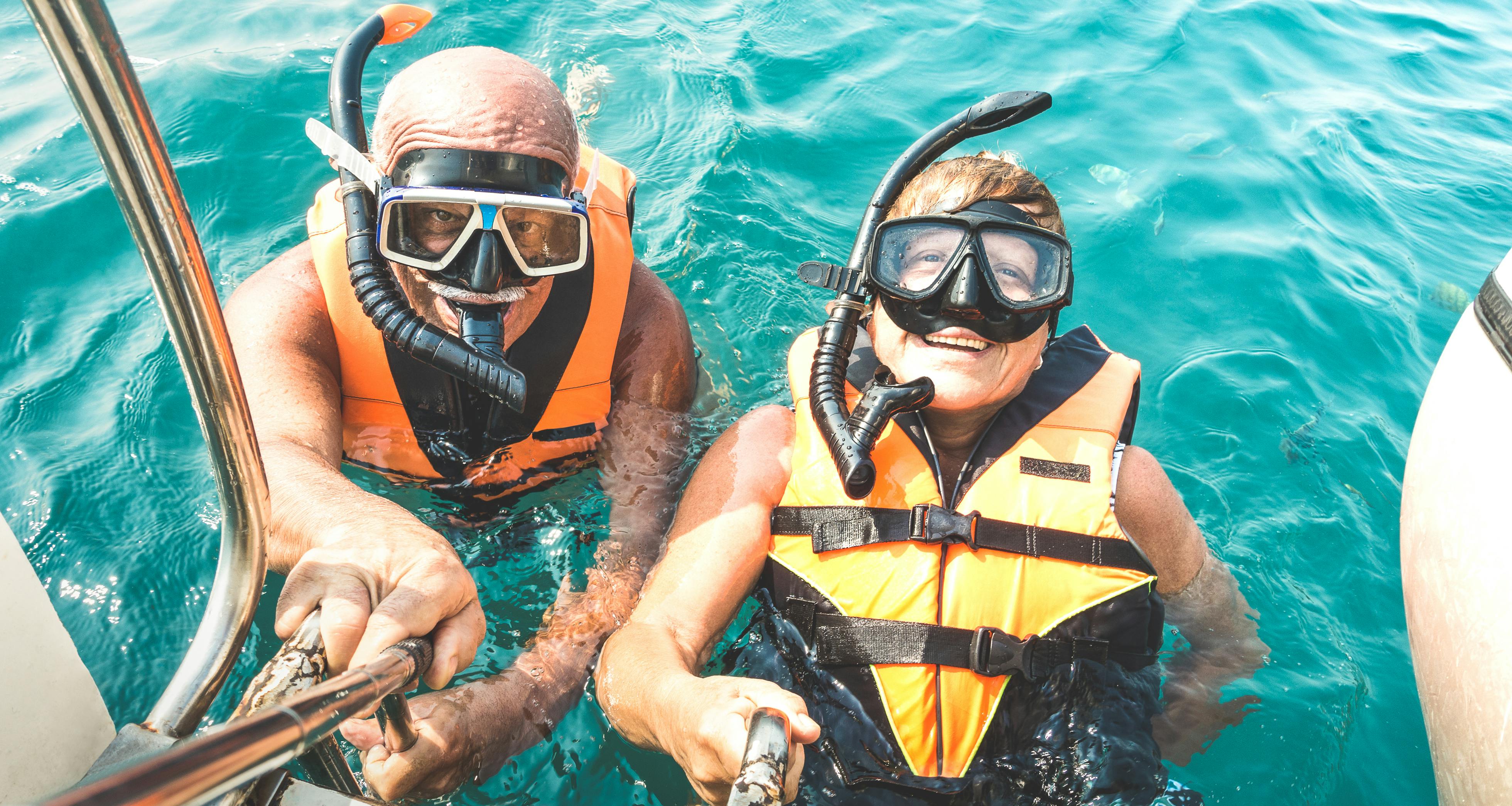
There are three different types of fins: paddle fins, hinge fins, and split fins, each one with a different propulsion technique. Not only do you have to choose between the fin blade but also decide if you want an open-heel foot pocket or a full-foot pocket. Full-foot fins don't require additional footwear, you can slip them on your bare feet and go. Open-heel fins, on the other hand, require wearing booties on your feet. Booties also act as water shoes when not diving which are perfect for protecting your feet from rocks and hot sand. Open-heel fins are recommended for a beginner snorkeler because not only are they easy to don and doff but the booties provide an extra layer of comfort and protection. Everything just mentioned and more are explained in detail in our Scuba Fins Buyer’s Guide.
Lastly, unless the area you plan to snorkel in is exclusively for swimming/snorkeling, it is essential and in some areas a legal requirement that you take a dive flag with you to make your presence known to boats, jet skis, and other water goers. Also, it is highly recommended to protect your body from the sun for a safe and enjoyable snorkeling experience. When snorkeling, your back is exposed to harmful UV rays. Depending on the water temperature, you can protect your skin with either a wetsuit, rashguard, or reef-safe sunscreen. There are additional things you should bring because when embarking on an adventure, one never sets off empty-handed. Along with your snorkel gear and dive flag, you may want to bring a towel, a change of clothes, some drinking water (in a reusable bottle preferably), and maybe a snack. We also recommend a snorkeling vest to help ensure safety. Finally, you should have a bag to help you carry everything, that way you are not fumbling trying to hold everything on your way to the water.
Where should I snorkel?
When choosing the right location you have to do some research. Look for locations with clear waters, abundant marine life, and beginner-friendly conditions. Consider popular spots like tropical reefs, springs, or calm bays. Luckily for you, we’ve done some research of our own and shared a blog titled: Top Snorkeling Spots: Florida’s Hidden Gems. All you truly need to enjoy the wonders of snorkeling is open water.
Regardless of where you go, make sure to check weather conditions. Also, take into account factors such as water temperature, visibility, currents, and weather patterns. Opt for calm and gentle conditions, especially for your first snorkeling experience.

How do I snorkel?
Before venturing into deeper waters, here are a few safety tips. Practice breathing through the snorkel in shallow water or a pool. You want to get accustomed to breathing normally through the snorkel, allowing yourself to relax and conserve energy.
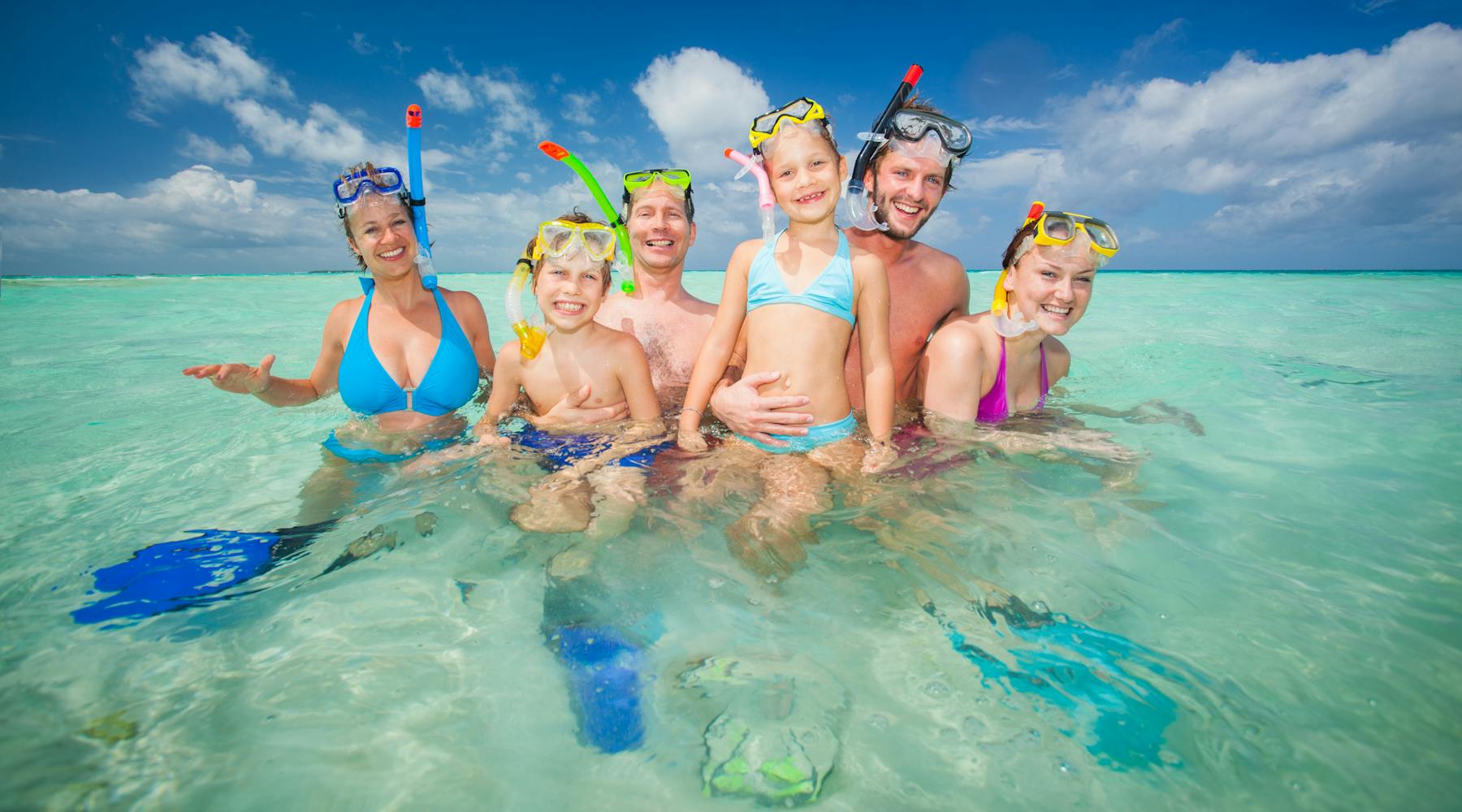
If your snorkel has a purge feature, you should learn the technique of forcefully exhaling to clear any water that enters the snorkel, keeping it free from obstruction. Snorkeling is not only more fun with friends and others, but it's also safer! We recommend snorkeling with a buddy or in a group. More eyes in the water create a greater chance of not missing any sea life and keeping an eye out for each other to ensure no one strays too far from the group. This ensures mutual support and adds an extra layer of safety. Start with shallow waters and gradually venture further as you gain confidence and experience. Having fins makes it easy to glide on the surface level but know your limits and don’t exhaust yourself.
Remember when snorkeling…
The ocean is an incredible place to explore with beautiful inhabitants but it is important to respect it and its marine life. Be aware of your surroundings and any potential hazards. Avoid touching or damaging coral reefs, and never disturb or harass marine life. There is an abundance of sea life to see but it is important to admire marine life from a distance to avoid causing stress or harm to the animals. Also, you may be tempted to feed marine animals. But this actually disrupts their natural behavior and can be harmful to their health. Appreciate them in their natural habitat without interfering.
Before getting into the water, always learn about local guidelines. Research and adhere to any specific guidelines or regulations in the area. These rules are in place to protect both you and the marine environment.
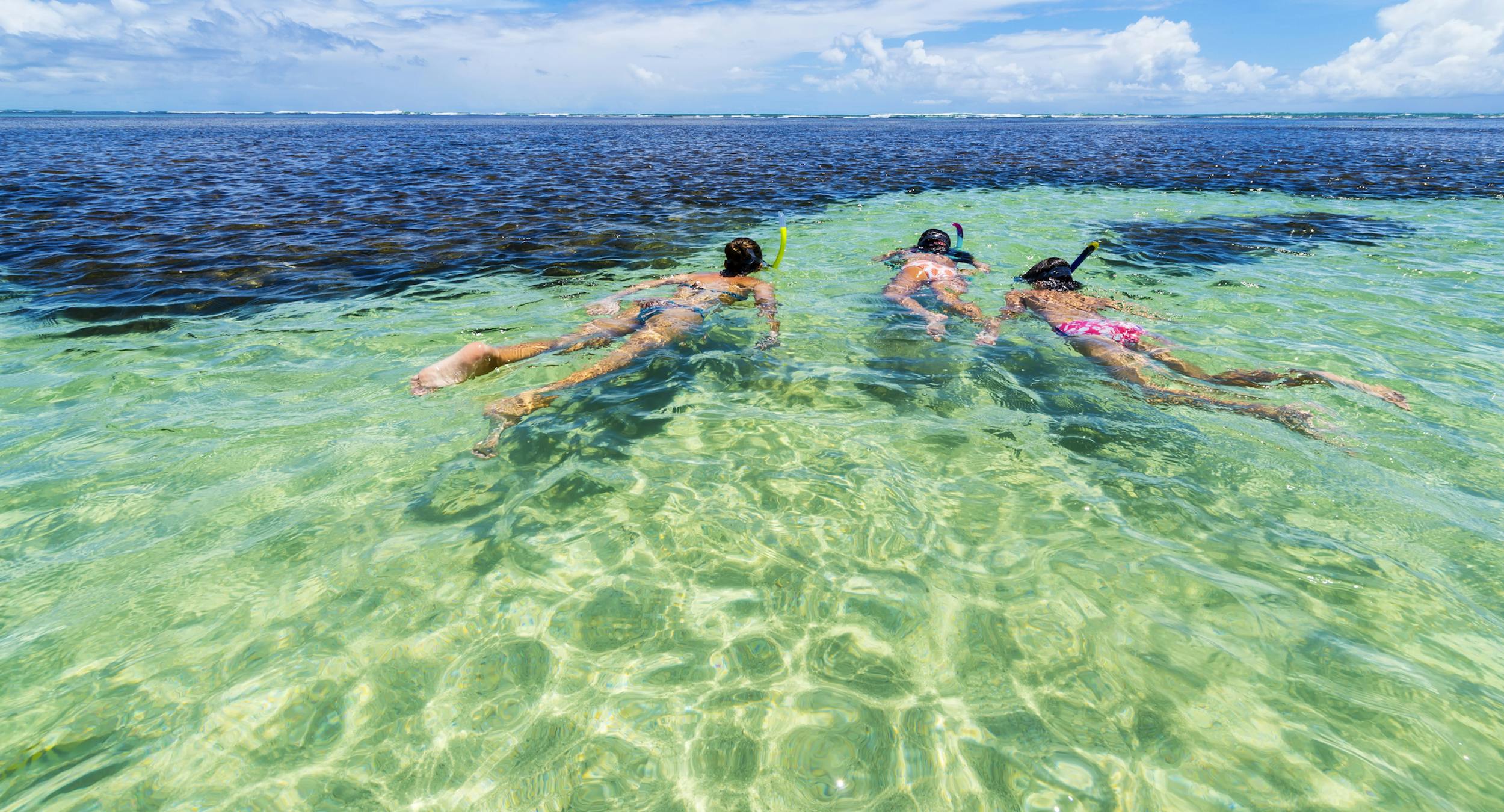
Remember, snorkeling is a rewarding experience that allows you to witness the wonders of the underwater world. Enjoy the beauty of marine life, respect the ocean, and embrace responsible snorkeling practices for a memorable adventure. Happy snorkeling!
FAQs
What do I need to snorkel?
The equipment needed for snorkeling are fins, a mask, a snorkel, and a dive flag. It is not required but highly recommended to wear a wetsuit, rashguard, or reef-safe sunscreen to protect your back when snorkeling.
What is a semi-dry snorkel?
A semi-dry snorkel is a type of snorkel with a splash guard at the end, like a dry snorkel, to prevent water from entering the tube. Unlike a dry snorkel, a semi-dry snorkel can not fully block water from entering. For more information on snorkels, check out our Snorkel Buyer’s Guide.
Do I need a life jacket while snorkeling?
No, you don’t need one; however, some people enjoy snorkeling more with a snorkeling vest on. It is a good idea to have a snorkeling vest on children and on swimmers who aren’t as experienced.
Do I need a dive flag to snorkel?
Yes! Unless you are in an area specifically for swimming/snorkeling or with a charter, you must have a dive flag with you at all times to inform boaters and other water-goers of your presence in the water.
How do I take care of my snorkel gear?
After every use, rinse thoroughly with fresh water and leave it out to dry in a dry shaded area. You should not leave your equipment to dry in direct sunlight. For your mask, use a mask scrub to clean your mask. Taking care of your gear will increase its lifespan.

